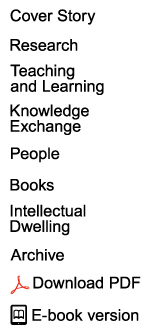The world’s largest global environmental network, the International Union for Conservation of Nature (IUCN), published a report this year that estimated 15 to 31 per cent of the 9.5 million tonnes of plastic released annually into the oceans are primary microplastics – which is bad news not only for the seas but for sea animals and the humans who consume them.
“Microplastics are a problem because they can enter the food chain,” said Dr Christelle Not of the Department of Earth Sciences and Swire Institute of Marine Science, who has created an experiential learning programme around the topic. “They are small enough to be ingested by plankton, which are consumed by fish and seafood, and so they can come back to us.
“This is a topic that can connect students with the ocean. Plastic waste is something that everybody should feel concerned about.”
The most problematic aspect of microplastics is their size – they are smaller than 5 millimetres so they are hard to capture. The IUCN study focussed on primary microplastics, which are manufactured to that size for use in such things as cosmetics, marine coatings and synthetic clothes or as pellets for cushions and the like. But secondary microplastics may be an even bigger problem. These are created as larger plastic products degrade in the sea.
Dr Not was first alerted to microplastics in Hong Kong through the non-governmental organisation Plastic Free Seas, which until April this year ran boat trips for primary and secondary school students to educate them about plastic waste in the sea. They collected samples and Dr Not convinced them to hand these over to her and her students so they could analyse the microplastic content.
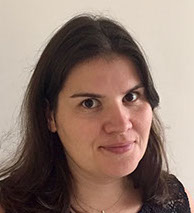
![]() Microplastics are a problem because they can enter the food chain. They are small enough to be ingested by plankton, which are consumed by fish and seafood, and so they can come back to us.
Microplastics are a problem because they can enter the food chain. They are small enough to be ingested by plankton, which are consumed by fish and seafood, and so they can come back to us. ![]()
Dr Christelle Not
Painstaking work
Her laboratory now has more than 150 samples, each 100 litres of water, and has found concentrations ranging from no microplastics to thousands of pieces per sample. Remarkably, each piece is painstakingly being counted by students and sorted under the microscope by type: pellet, fibre (such as that used in nets or clothing), film (for plastic bags and wrap), beads, or other fragments. Polystrene − from lunch boxes and fish containers − is a major source.
“You have to know which piece is which. It can be very difficult to tell if fibre is plastic or other material but we have ways to measure that. Different people can have a different appreciation of the plastics so I have a research assistant to double check the samples,” she said.
The results are still being collated but undergraduate students have been inspired to pursue their own research projects related to microplastics. One has been examining the guts of locally-caught fish and has found that about half of the samples contain at least one piece of microplastic. Another is looking at microplastic content near a beach, and a third student is studying the fluctuations of microplastics in the sea under different conditions.
Early findings from this research suggest that despite popular assumptions that Hong Kong waters are being polluted by waste from the Pearl River Delta, “microplastics are washing from the land in Hong Kong, it’s not all coming from the Pearl River,” Dr Not said.
Single-use plastic problem
This connects to a major goal for Dr Not, which is to raise awareness about the impact of plastic use in Hong Kong. “Plastic in itself, when it is used and reused, is not so bad, but single-use plastic is a problem. Even if there is a recycling facility for our plastic bottles, most of them do not get recycled. They end up in landfills and can get washed into the sea.”
Her classes therefore also include a component to raise awareness. In her Environmental Oceanography class for Science majors, students prepare a video for primary school students and lead discussions with them about microplastics. She also co-teaches a Common Core course called ‘The Oceans: Science and Society’ in which students keep a journal of their plastics usage for one week then give up one type of plastic for three weeks.
The message behind these lessons has come through loud and clear for Food and Nutritional Science major Lilia Tang Tsz-wing, who used to think plastic waste in the ocean accumulated as a big, tangible patch of trash. “I learned that these pieces are very tiny in size, which makes them very hard to remove and causes a big problem to marine organisms that end up eating them,” she said.
Dr Not is also exploring a virtual reality project with the Faculty of Engineering to depict microplastics in the ocean alongside plankton and other sealife, and help people visualise the problem.
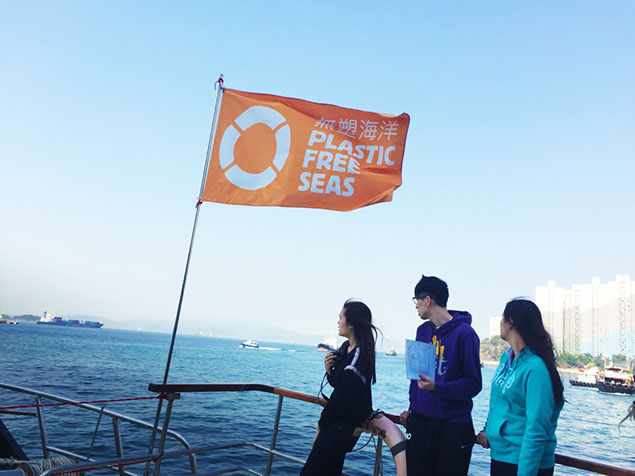
Floating In A Bed Of Plastic Waste
Microplastics in the ocean are a growing concern worldwide. Dr Christelle Not and her students are trying to quantify the problem in Hong Kong and raise awareness.
Sample collection onboard the Plastic Free Seas boat.
A student from the French International School observing microplastics under the microscope.
Plastic pieces smaller than 1mm found in a sample collected from Tung O, at the eastern shores of Lamma Island, in February, 2016.
HKU students onboard the Plasitc Free Seas boat.

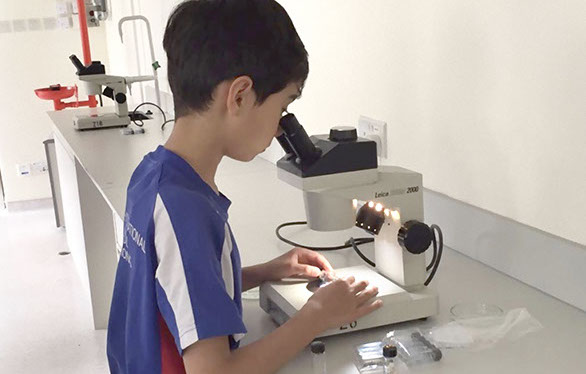
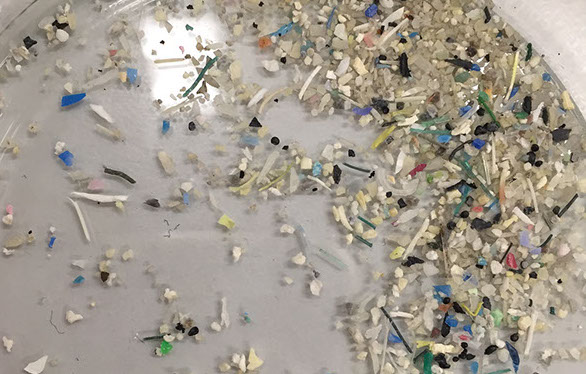
Next
Back


